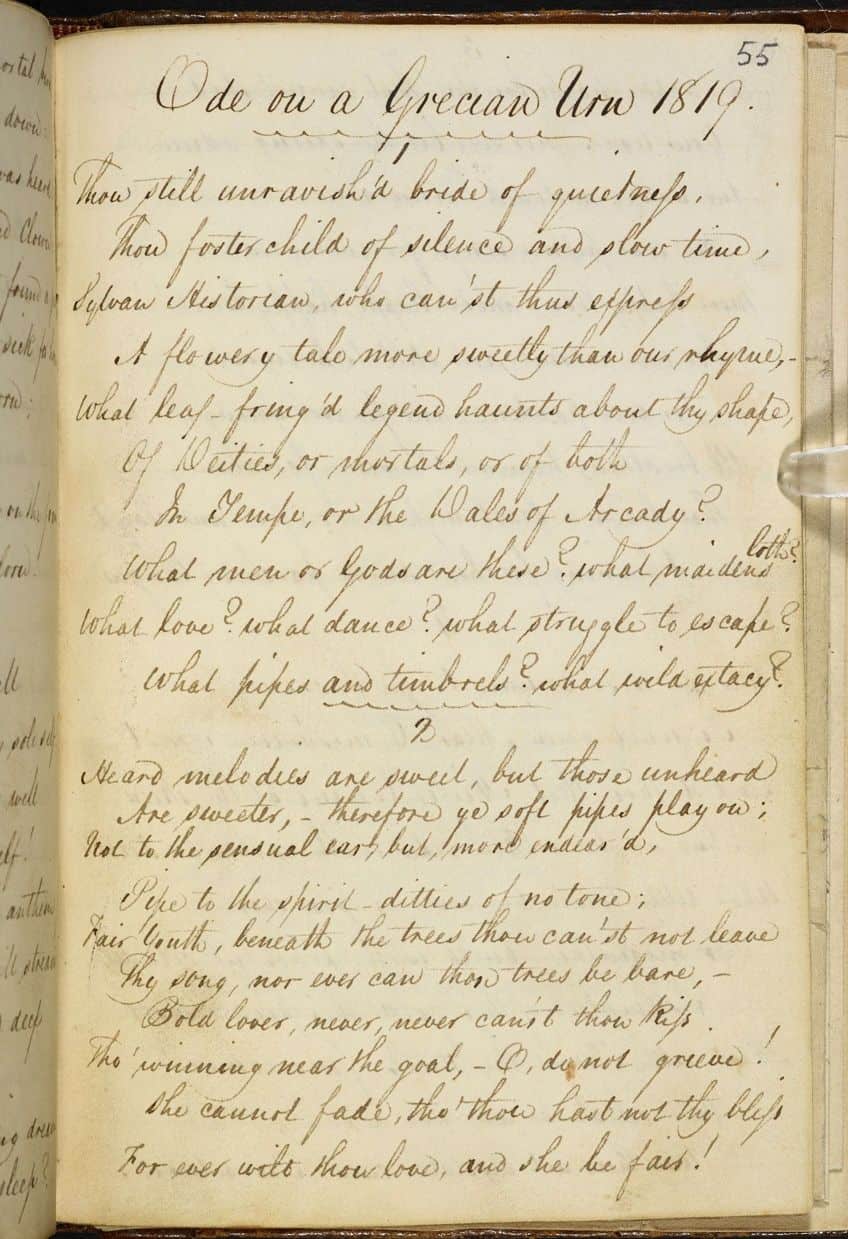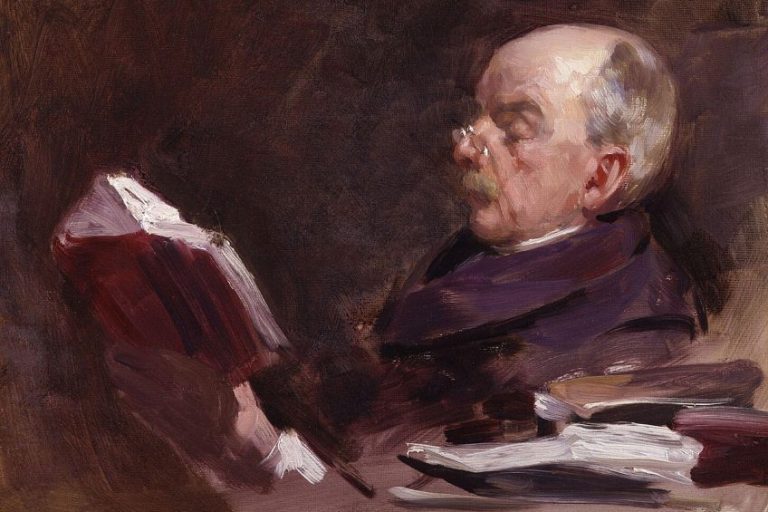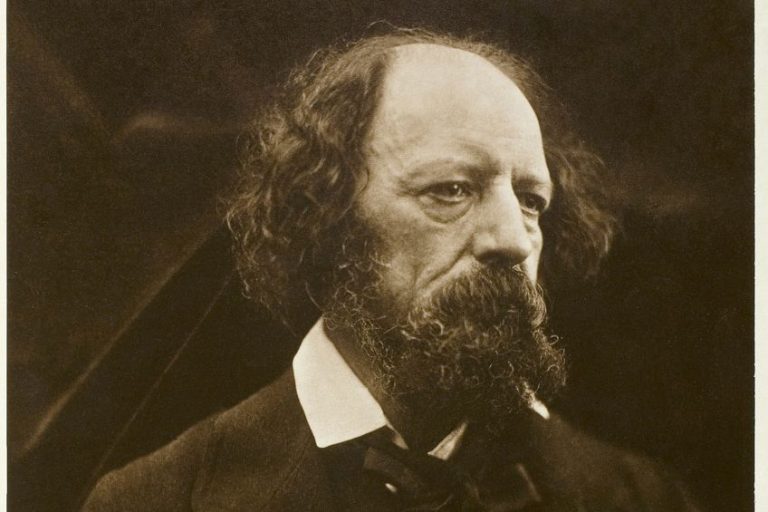Metaphor in Poetry – Discover the Art of Poetic Comparison
The metaphor is, by far, one of the most famous and used literary devices within poetry. That is why we’ll have a look at what the metaphor in poetry is, some of the differences between it and the simile, the uses of it in numerous places, and a number of poetry examples of metaphor. This should aid us in answering the primary question that will be our focus for today: what is a metaphor in poetry? This question requires some unpacking, so we should probably get into that unpacking sooner rather than later!
Table of Contents
- 1 A Look at the Metaphor in Poetry
- 2 A Summary of the Metaphor in Poetry
- 3 A Definition of the Metaphor in Poetry
- 4 The Differences Between the Simile and the Metaphor in Poetry
- 5 The Uses of the Metaphor in Poetry
- 6 The Uses of the Metaphor Outside Poetry
- 7 A Few Poetry Examples of Metaphor
- 8 Frequently Asked Questions
A Look at the Metaphor in Poetry
The presence of the metaphor in poetry cannot be overstated. The metaphor is found throughout poetic texts for a vast array of different reasons. This is why I tried to teach my own students that the metaphor in poetry is something that can be found in practically every single poem. Language itself is metaphorical, but poems, and other texts, are often about something more than what is simply expressed in the text itself. This is where the realm of the metaphor comes into play, and a poetry example of metaphor is a good way to explore that particular idea. So, we should probably do that!

A Summary of the Metaphor in Poetry
The first of the pointers below will answer the basic question, “What is a metaphor in poetry?”, but is a basic answer enough? That is why we are going to dive a lot deeper into these three short points about the metaphor in poetry. However, a summary is always a good thing to use, and I used to hand them out to my students when they were preparing for exams. So, let’s use one:
- A metaphor in poetry is a kind of literary comparison. The basic idea of the metaphor both inside and outside of poetry is that it allows for a comparison of some sort between two things. This is a direct comparison and will often state that one thing/object/idea is
- A metaphor in poetry is a common literary technique. This type of literary concept is an immensely popular one and it can be found in many texts. This is necessarily intentional, but it is always present. This makes the metaphor in poetry a particularly good thing to understand.
- A metaphor in poetry is distinct from a simile. While the metaphor in poetry is a kind of comparison, so is the simile. The difference is that the simile requires the use of certain words, namely like or as in its comparisons, and a metaphor does not. This allows the metaphor to be more direct in its comparisons.
Why should you want to learn about the metaphor in poetry? Well, because the metaphor can be found everywhere. It’s hardly only located in poetry, although a poetry example of metaphor or two will be our focus in this particular article.
And understanding something that is found in so many different places is a worthwhile thing to do and to learn. So, that’s what we should do!
A Definition of the Metaphor in Poetry
A metaphor is an immensely common literary device. It can be found throughout literature and exists in a lot more than only poetry. It is a way in which two things can be compared to one another in a direct sense. This means that it essentially states that one thing is another thing. This is why they can be very short, such as a single line. We could say something like, “The mind is a turbulent ocean”, and we would immediately understand the implications of a statement of this kind.

On the other hand, a metaphor can also be extended to be far longer. For instance, a character could represent a whole group of people. This is a very common thing in allegorical texts, such as George Orwell’s Animal Farm (1945), in which certain animals represent entire classes of people. This should show how variable the metaphor can be.
The Differences Between the Simile and the Metaphor in Poetry
We have already stated that the metaphor is a comparison between two things, but that’s also what a simile is. So, what’s the distinction between these two concepts? Well, the basic idea is that a simile is more of an indirect comparison than a metaphor. In addition to this, the simile requires certain words to be used. There are two such words and either can be used, and these are like or as. If these terms are used, then it is not a metaphor and is instead a simile. However, the distinction between them is not necessarily quite this clear-cut. Instead, the simile can often be found within larger metaphors. The simile, because of its connection to specific words, is tied to a grammatical level. The metaphor, on the other hand, could use an entire character or narrative to serve as a kind of metaphor.
So, the metaphor can be extended significantly further than any simile could ever hope to be extended.
The Uses of the Metaphor in Poetry
The metaphor can be found throughout poetry. It is an immensely common feature in so many different poems, and there are many reasons that it could be used. For instance, it could be used as a form of description, to provide a certain degree of imagery, as a symbolic representation of something else, to produce a varied response to some idea or concept, to elicit specific emotions from readers, and so on.

The metaphor in poetry is a very common device, and one could even argue that no poem could really exist without a metaphor. For instance, there is a poem called Muliebrity (1960s) by Sujata Bhatt, which describes a woman as she works. The poem explicitly tells us that the speaker does not want to use this woman as a metaphor, but the poem is called Muliebrity. This means “femininity”, and so regardless of the speaker’s intent to not portray this female worker as a metaphor, she is a representation of femininity and is, therefore, a metaphor
The Uses of the Metaphor Outside Poetry
In the above section, we referred to the way in which the metaphor in poetry can be impossible to avoid. However, the same is true of language. All language is inherently metaphorical. There is no causal, or one-to-one, relationship between any words and what they mean, such as between the word “tree” and the plant that grows out of the ground. All language is metaphorical but using the term in this way threatens to make the whole concept of metaphor into something meaningless.
Everything is metaphor! Well, then, nothing is metaphor, right?
So, let’s be a bit more selective then. Metaphors can be used in ordinary language, such as when people speak to one another. It can also be found in educational contexts as teachers attempt to use them to explore ideas, academic writing constantly uses metaphors as a way of illustrating concepts, and all other forms of creative writing other than poetry very clearly make use of metaphor. This means metaphor is all over the place even when we choose to be more specific about what is a metaphor.
A Few Poetry Examples of Metaphor
If we want to have any hope of understanding the use of metaphor in poetry, we should typically try and find some examples. A good poetry example of metaphor can go a long way to aiding us in understanding concepts such as these. So, rather than only having a look at a single poetry example of metaphor, we should check out a handful of them. This is hardly a comprehensive list though, but we have to start somewhere!

“Hope” is the thing with feathers (1861) by Emily Dickinson
| Date Published | 1861 |
| Type of Poem | Lyric poem |
| Rhyme Scheme | ABCB |
| Meter | Iambic trimeter and tetrameter |
| Topic | Hope |
“Hope” is the thing with feathers is a great poetry example of metaphor because it uses the image of the bird as a stand-in for hope. This hope is portrayed as something that has resilience, is able to withstand the difficulties of life, and asks for very little to be able to survive. There are many poems that make use of metaphors.
This particular instance of the metaphor in poetry is a strong one that is often mentioned whenever poetic metaphors are discussed.

Mother to Son (1922) by Langston Hughes
| Date Published | 1922 |
| Type of Poem | Free verse |
| Rhyme Scheme | Variable |
| Meter | Variable |
| Topic | Life |
Mother to Son is a poem about a mother who gives advice to her son. However, it makes use of various metaphors throughout its duration to explore the ideas that it wishes to present to the reader. For instance, a central metaphor in this poem is the image of the staircase. Life is the staircase, and it is one that must be eternally climbed even when it becomes painful or difficult.
The climbing of this staircase serves as another poetry example of metaphor within this text because climbing the metaphorical staircase is itself a metaphor for perseverance.

Do not go gentle into that good night (1951) by Dylan Thomas
| Date Published | 1951 |
| Type of Poem | Villanelle |
| Rhyme Scheme | ABA ABA ABA ABA ABA ABAA |
| Meter | Iambic pentameter |
| Topic | Death |
Do not go gentle into that good night is a particularly notable poetry example of metaphor. In it, the speaker refers to death as “that good night”. This implies that allowing yourself to succumb to death is akin to falling asleep, but we must not do so easily. We must forever fight against this supposedly good night. We must fight against it and hold onto life for as long as we are able to do so.
This instance of metaphor in poetry has become one of the best-known of the mid-20th century.

Metaphors (1959) by Sylvia Plath
| Date Published | 1959 |
| Type of Poem | Confessional poetry |
| Rhyme Scheme | None |
| Meter | Mostly iambic tetrameter |
| Topic | Motherhood |
Metaphors is a poem all about metaphors, as you may imagine from the name that the poem possesses. The poem itself is about pregnancy. It uses a number of cryptic remarks to discuss the way in which she has experienced pregnancy, and it is not a particularly pleasant series of images either.
For instance, she refers to herself as a riddle, and this serves as a metaphor for her pregnancy.

Caged Bird (1983) by Maya Angelou
| Date Published | 1983 |
| Type of Poem | Free verse |
| Rhyme Scheme | Irregular |
| Meter | Variable |
| Topic | Oppression |
Caged Bird is an immensely well-known poetry example of metaphor. In it, the songlike structure of the poem recounts the existence of a caged bird, and this caged bird yearns and sings for their freedom. The bird represents those who experience oppression in the world, and they are trapped within a society that will only allow them to sing for their freedom. This has become one of the most well-known protest poems of the late-20th century.

What is a metaphor in poetry? This is a question that has a rather easy and simple answer, but it’s also one that should be known and understood. The metaphor is, after all, an immensely pervasive concept. It can be found everywhere! And for a very good reason too! That is why we’ve had a look at it alongside its uses, some of its characteristics, its connection to the simile, and a number of poetry examples of metaphor. All in all, this article should have provided a good overarching examination of the metaphor and how it is used. There are many different examples of this form though, but you’ll have to go searching for them yourself!
Frequently Asked Questions
What Is a Metaphor in Poetry?
This is a poetic device that can be found throughout poetry. It allows the comparison of two things in a direct sense. However, metaphor is also so pervasive that it can often be difficult to make use of no metaphors at all, and seeing as language itself is metaphorical, we could even say that it’s impossible to speak without metaphor.
What Are the Differences Between the Simile and Metaphor in Poetry?
These two concepts are both types of comparison. They will also often be used in tandem with one another. However, the metaphor in poetry is a more direct kind of comparison, whereas the simile requires the use of certain words. These words are like or as, and they need to be present for a comparison to be a simile.
What Are the Uses of the Metaphor in Poetry?
The basic reason for the metaphor in poetry is to serve as a comparison. However, this comparison can be used to create imagery, symbolism, emotion, and variability in a text. There are so many different uses of the metaphor in poetry that it can be genuinely difficult to pin down only a handful of its uses.
How Common Is the Metaphor in Poetry?
The metaphor is an immensely common thing. It allows for the creation of associations that may have otherwise not been produced, and is a basic building block of figurative writing in general. There are so many poems that make explicit use of metaphor, but the device can be found outside of poetry too.
What Are Some Notable Poetry Examples of Metaphor?
There are probably far too many poetry examples of metaphor to even count them! However, some notable instances include Mother to Son (1922) by Langston Hughes, Do not go gentle into that good night (1951) by Dylan Thomas, and Caged Bird (1983) by Maya Angelou. However, as the metaphor in poetry is so pervasive, this is a fundamentally weak list.
Justin van Huyssteen is a freelance writer, novelist, and academic originally from Cape Town, South Africa. At present, he has a bachelor’s degree in English and literary theory and an honor’s degree in literary theory. He is currently working towards his master’s degree in literary theory with a focus on animal studies, critical theory, and semiotics within literature. As a novelist and freelancer, he often writes under the pen name L.C. Lupus.
Justin’s preferred literary movements include modern and postmodern literature with literary fiction and genre fiction like sci-fi, post-apocalyptic, and horror being of particular interest. His academia extends to his interest in prose and narratology. He enjoys analyzing a variety of mediums through a literary lens, such as graphic novels, film, and video games.
Justin is working for artincontext.org as an author and content writer since 2022. He is responsible for all blog posts about architecture, literature and poetry.
Learn more about Justin van Huyssteen and the Art in Context Team.
Cite this Article
Justin, van Huyssteen, “Metaphor in Poetry – Discover the Art of Poetic Comparison.” Art in Context. January 18, 2024. URL: https://artincontext.org/metaphor-in-poetry/
van Huyssteen, J. (2024, 18 January). Metaphor in Poetry – Discover the Art of Poetic Comparison. Art in Context. https://artincontext.org/metaphor-in-poetry/
van Huyssteen, Justin. “Metaphor in Poetry – Discover the Art of Poetic Comparison.” Art in Context, January 18, 2024. https://artincontext.org/metaphor-in-poetry/.









